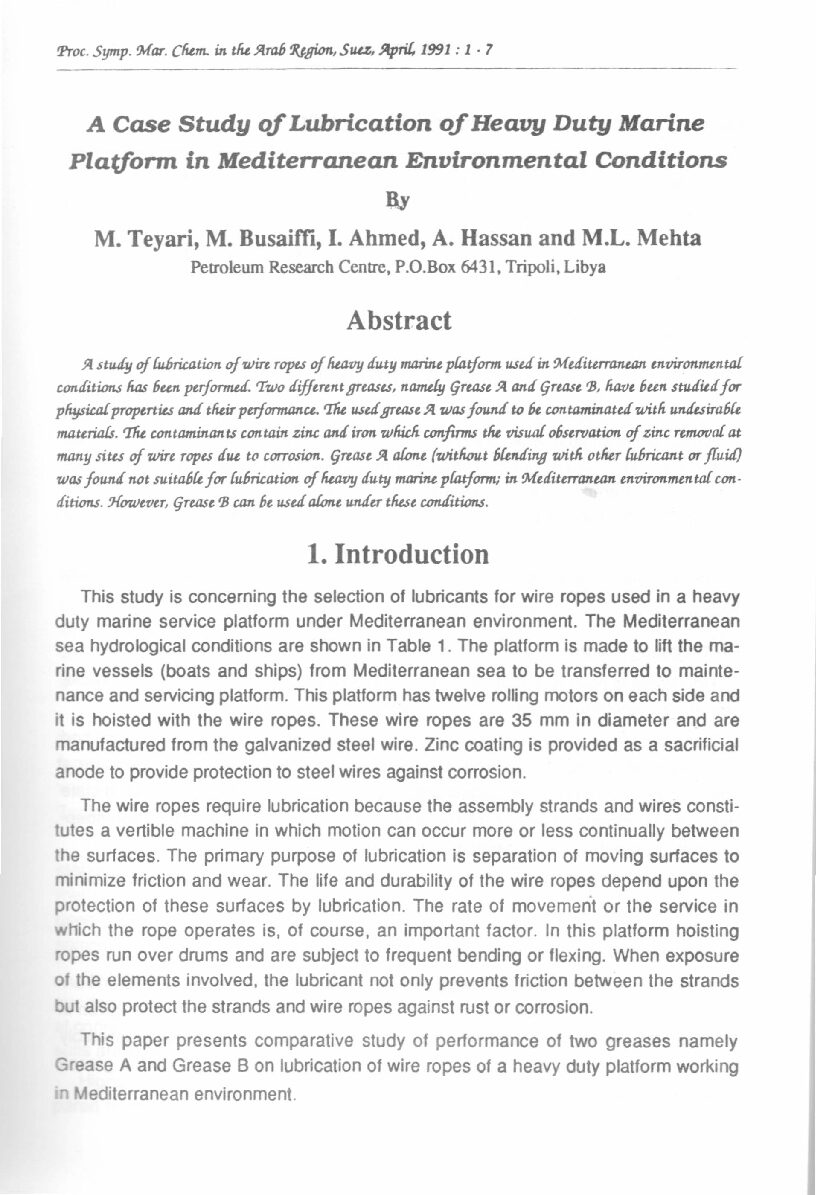Categories
vol-16PHYTOPLANKTON-ZOOPLANKTON RELATIONSHIP IN THE SURFACE WATER
OF THE EASTERN HARBOUR (ALEXARDRIA).
SAWSSAN M. ABOUL-EZZ AND F.A. ZAGHLOUL
National Institute of oceanography and Fisheries,
Alexandria.
ABSTRACT
The phytoplankton standing crop and zooplai’kton
population in the upper water layer of the Eastern Harbour
were estimated monthly from August, 1986 to ~uly, 1987. The
effect of domestic sewqe effhMflta diS”carded into the
Harbour on the quantitatiYe ~”lU&lit.tive distribution
of tbl! cOllllU’litiea was rico investigated. Rest.rtta
illustrate maximum distribution of phytoplankton at the
southern margin of the Marbour which is s~jected to the
direct i·nflux of sewage decreasing grac:luaHy to the north
towards the open-sea. The zooplankton popwlation showed ita
maximum persistence about the middle of the Harbour and less
so at the southern margins while its lowest density
appeared nearby the open-sea. The peales of .phytoplankton
were recorded in October, 1986 due te the increased nunbers
of Cyclotella .eneghiniana and in May produced by the
blooming of Alexandriu. .inutua. Other small increase
appeared in March and was dominanted by AIIP’Iicrysis
compressa and Chaetoceros affinis. These peaks were met
with lower zooplankton counts. The Zooplankton population
attained also three peaks of abundance; an outstanding peak
in August and was dominated by the rotifers Brachionus
plicatilis and B. Calyciflorus and two smaller ones in
Februa ry and Apr it , produced respec t ive t y by Pedgl i. sp.
and Tintirnopsis ~la. TAese tl’tree peab coincided
also with low phytoplankton community.
The phytoplankton-zooplankton standing crops showed in
general, a reverse relationship during the vertically
stratified period (May-October) due to the grazing effect of
zooplankton on phytoplankton, while in the water mixed
period (November-February) the two communities showed lower
counts resulting from the invasion of the Harbour by
offshore sea water, poor in both phytoplankton and
zooplankton.







